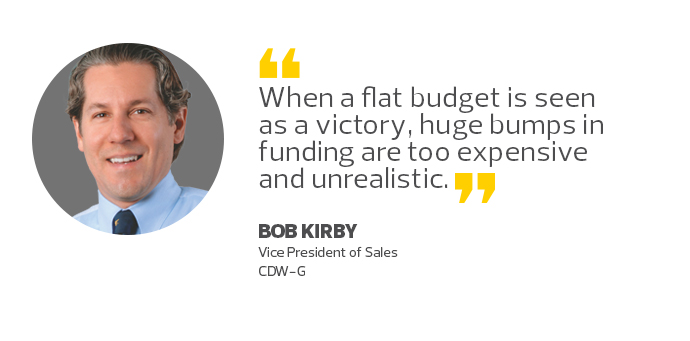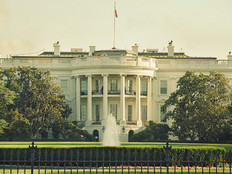How to Modernize in the Age of Flat Budgets
If it’s a day that ends in “y,” you can bet the talk in Washington centers on next year’s budget.
Subsequently, for CIOs and the federal IT community, any talk of a new spending plan comes with hope that the next agreement will finally be the one that solves the issue of IT modernization.
It’s a worthy dream.
Since the November election, IT modernization has been a talking point of the White House, members of Congress and top agency officials.
For example, materials accompanying the administration’s 2018 budget request state that departments and agencies “will continue ongoing work to significantly accelerate development and implementation of modern digital services and technology” throughout the government.
The need for modernization is crystal clear: Inefficiencies remain. Several agencies use technology that is 30, 40, even 50 years old — and, let’s face it, COBOL isn’t enjoying a renaissance. Transitions to new technology require funding and political capital.
Flat IT Budgets on the Horizon
Yes, there may be a concerted effort to improve IT. There may be money for specific high-profile projects that have long stymied specific agencies. Yes, there will be pressure from citizens to keep up with the technology they have become accustomed to in retail establishments and their workplaces. But with the release of the White House’s budget request in March, it is becoming increasingly clear: There will be no big bang in IT funding.
The government already spends nearly $100 billion a year on IT. In the current environment — when a flat budget is seen as a victory — huge bumps in funding are too expensive and unrealistic.

What Will IT Modernization Projects Have in Common?
Instead, the best path for IT leaders is to think differently about modernization and modify their expectations.
The genesis of digital transformation will come slowly. It will come over months and years as carefully selected projects come online. And it will be easy to spot common characteristics among these projects.
First, they will boast a low total cost of ownership and feature easy upgrades. Perhaps more important, these solutions will generate significant savings on an annual basis.
Increasingly, it appears Congress will approve a modernization fund to provide seed money for these projects. This is not a new idea. President Obama suggested a similar tactic during his administration. In this iteration, the savings from the first modernization an agency completes would pay for future projects. The belief is that such an approach would push agencies to prioritize modernizations that lead to the largest reductions, and therefore more quickly improve government efficiency.
The emphasis, of course, is on squeezing the most out of every modernization dollar, an adage that seems more true every budget cycle.
This approach makes sense, and agencies looking for inspiration already have plenty of success stories to choose from.
In its budget documents, the Trump White House highlighted work by the Justice Department, which saved $10 million per year by using cloud-based collaboration solutions. In another example, the National Oceanic and Atmospheric Administration racked up savings of more than $3.1 million per year by moving to cloud-based email and decommissioning its legacy servers.
The message from their inclusion cannot be missed: Those who innovate fastest — and smartest — will move ahead of the pack.
Now, more than ever, there’s no reason to wait for a modernization.









